FLOWguard K
Flow Trend Measurement of powders in pipes.
- Electrostatic / triboelectric technology
- Non-contact / passive / No moving parts
- Flow Meter / Monitor for powders in small hoses and pipes
- Compact design, Stainless Steel (316 Ti process, 303 Housing)
- Detects only moving material – no influence from deposits
- Relay (K01) and 4…20mA (K20) versions
- Flow indication via LED bar (relay version)
- Easy assembly between DIN / ANSI flanges up to 40 bar (580 psi)
- Reliable, long-term stable, maintenance-free
The FLOWguard K series are used to monitor solids flow in small hoses and pipelines, such as in pneumatic conveyor systems or free-fall sections from a few g/hr to many t/hr.
Malfunctions in conveying systems or process upsets for powder, granules, pellets and other bulk materials are detected at an early stage and thus avoided. This helps prevent equipment failures such as clogged lines, wasted material, idling, or other serious problems. Ideal for ensuring additive feed lines are running smoothly.
The measuring principle is based on the detection of electrical charges, which naturally sit on the particles of the solid flow, for example due to friction on the wall. Dormant solids are not detected.
The device cannot be used with products that form an electrically conductive layer on the inner wall due to abrasion or caking.
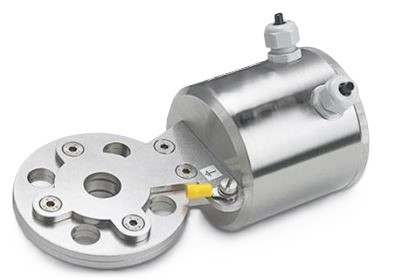
What do you want to do?
Use
The FLOWguard K helps to monitorthemass flow in solid material handling applications such as pneumatic transport lines, feeders or gravity chutes in a wide range of flow ranges from g/h to t/h.
The meter detects moving electrical charges that are produced, for example, through friction with other objects such as the pipe wall. Build-up on the walls will not be detected.
Function
The applied technology is based on the electrostatic principle, whereby the physical effect of the electrical charges of the solid particles is utilized. The particles electrically charged by natural means, such as by friction or fracture, generate (influence) a charge signal against the grounded transport channel when they pass the sensor surface.
Due to statistical fluctuations in the flow of particles, a current noise results, which increases both with the particle concentration and with the transport velocity.
The electronics set the level of this noise in relation to the mass throughput or concentration. The adjustment of the process is done manually via internal control elements.
Deposits on the sensor surface are not detected; only moving particles generate a signal. Caking, for example, therefore has no impact.
The device cannot be used with products that form an electrically conductive layer on the sensor system as a result of abrasion or caking.
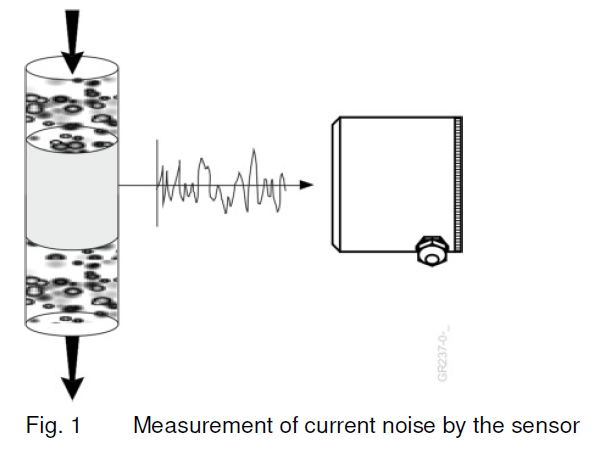
Mounting and Installation
Follow the nationally applicable installation guidelines.
Ensure a proper installation so that the IP classification is maintained.
The device may only be used as intended. The interconnection with external electrical equipment must be checked for compliance with the technical regulations.
The device is protected against the penetration of particulate matter and water as indicated by an IP classification (see chapter 9). Protect the device against excessive contamination from particulate matter and water (such as during outdoor use), especially if this contamination exceeds the classification.
For process temperatures above 80°C, the sensor electronics must be thermally isolated from the process so that the permissible ambient temperature (see chapter 3.3) is maintained. Special device versions are available for high process temperatures. Do not place the head housing above any hot pipes so as to avoid exposure to rising heat. Thermal insulation may not enclose the head housing as this may lead to overheating of the electronics and ultimately to malfunctions or destruction of the electronics.
The head housing must be heated at temperatures below -20°C. The head housing may heat up in direct sunlight. In such a case, provide shading in the form of a weather protection hood.
Avoid vibrations of the conveyor pipeline at the site of installation.
The installation of the electric circuit must be done in accordance with the applicable regulations (proof of the installer’s expertise, protected routing, etc.).
Ensure that the provided operating voltage corresponds to the information in the technical specifications (see chapter 3.3.1).
The housing and connection may only be opened in a voltage-free state. The PE connection is to be made with low inductance with the PE of the system in accordance with the local regulations.
The connecting pipelines must be permanently installed outside of the operating equipment. All cable and wire entries must be closed in accordance with the manufacturer’s specifications.
Avoid electrostatic charges. Ground the device (Power Supply, Housing, Pipe, and Sensor). The grounding is different depending on the device type:
Technical Data

Application Examples
Click on a desired application example to navigate to a detailed description.
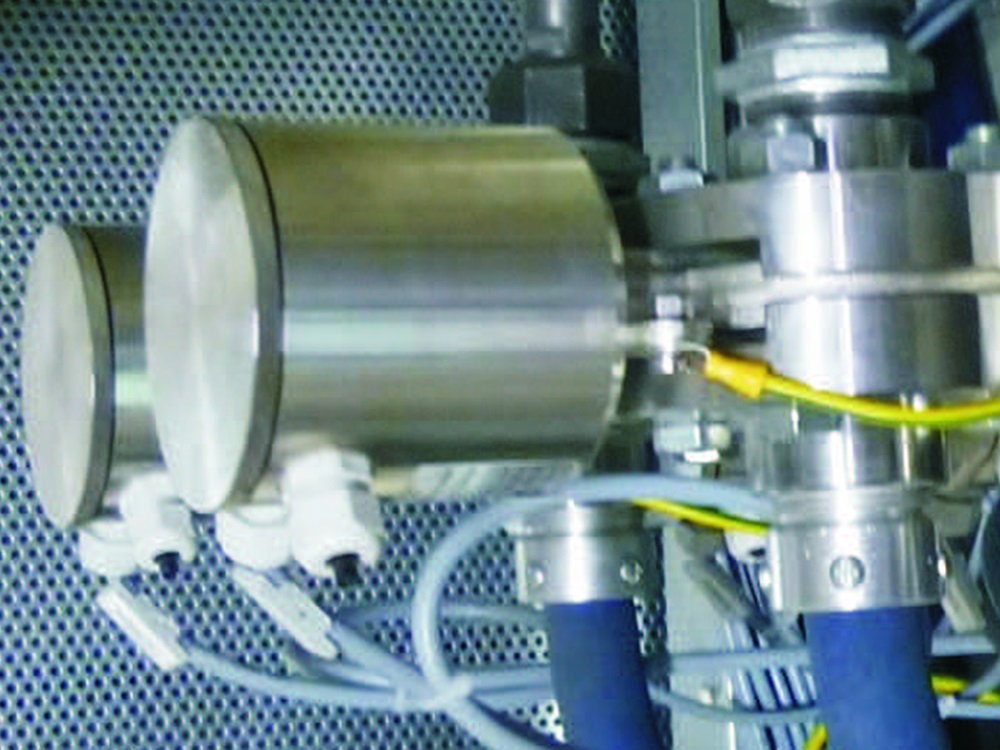
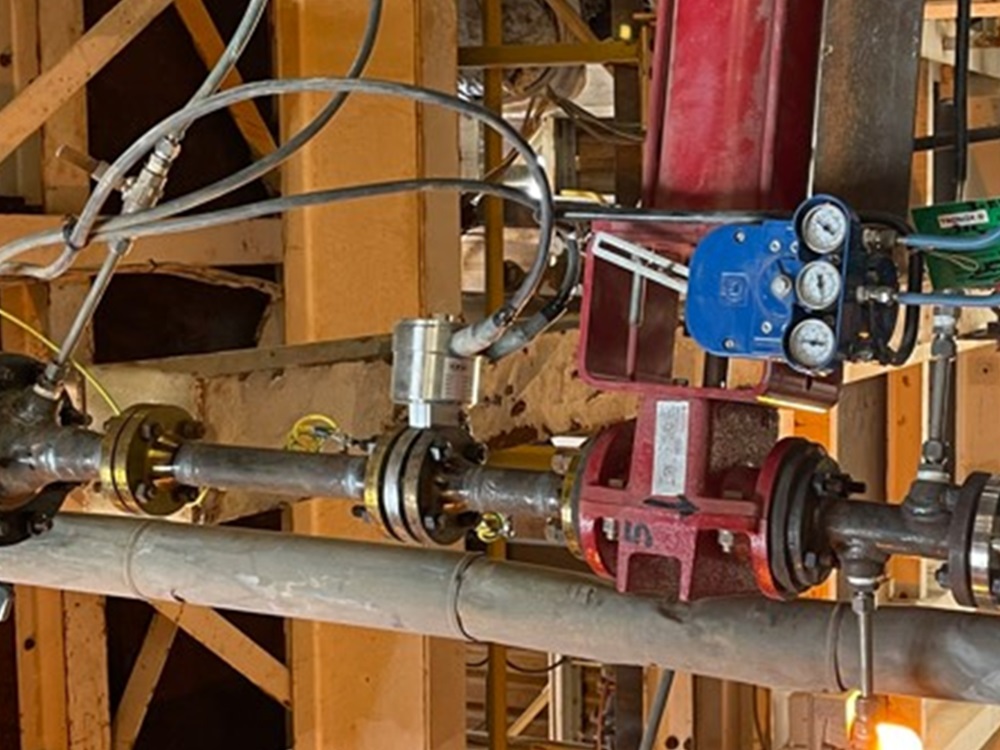
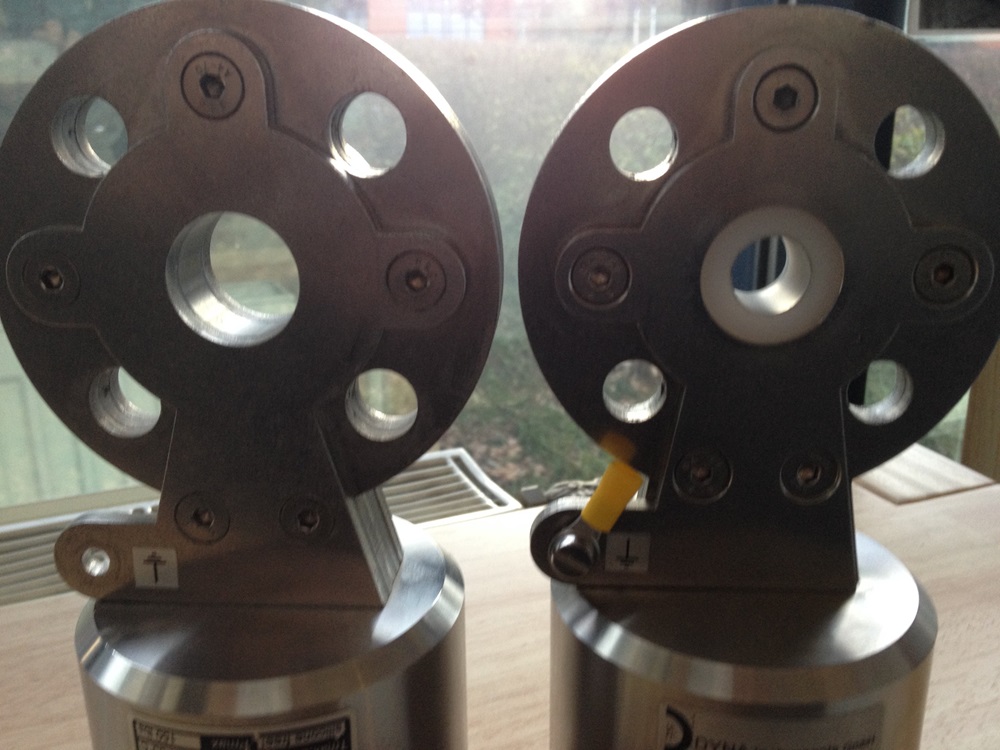
Global Technology Systems
P.O. Box 799 Shalimar, FL 32579. USA
(850) 651-3388
Info@onthelevel.com


